Intro
Discover Low Salt Symptoms Alert signs, causes, and effects of hyponatremia, including dizziness, nausea, and fatigue, to take prompt action and prevent severe complications with proper sodium balance and hydration management.
The importance of maintaining the right balance of salt in our bodies cannot be overstated. Salt, or sodium, plays a crucial role in various bodily functions, including nerve and muscle function, hydration, and the regulation of blood pressure. When the sodium levels in our blood drop too low, it can lead to a condition known as hyponatremia, which can cause a range of symptoms. Recognizing these symptoms is crucial for timely medical intervention. Low salt symptoms can range from mild to severe and can affect anyone, regardless of age or health status. It's essential to understand these symptoms to ensure prompt treatment and prevent potential complications.
Hyponatremia, the medical term for low sodium levels in the blood, can result from various factors, including excessive sweating, certain medications, heart failure, liver cirrhosis, and kidney diseases. The symptoms of hyponatremia can be subtle at first but may worsen over time if left untreated. Early recognition and management of these symptoms are vital to prevent the progression of the condition and potential life-threatening complications. Understanding the causes, symptoms, and treatment options for low salt levels in the body is essential for maintaining good health and preventing unnecessary hospitalizations.
The human body is highly sensitive to changes in sodium levels, and even slight deviations can lead to noticeable symptoms. Mild cases of hyponatremia might cause symptoms such as headache, nausea, and fatigue, which can be mistaken for other conditions. However, as the sodium levels continue to drop, the symptoms can become more severe, leading to seizures, coma, and even death in extreme cases. Given the potential severity of hyponatremia, it's crucial for individuals to be aware of the symptoms and seek medical attention if they suspect they or someone else might be suffering from low salt levels.
Understanding Hyponatremia
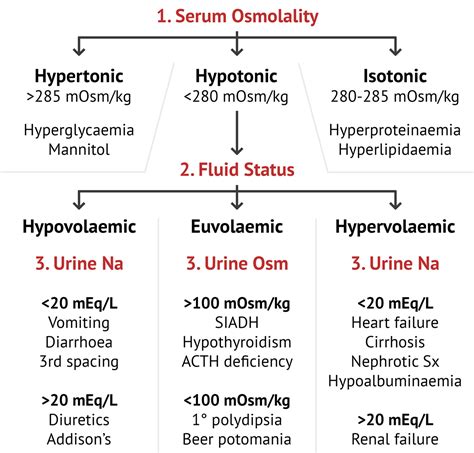
Hyponatremia is classified into three main types based on the volume of blood plasma: hypovolemic, euvolemic, and hypervolemic. Each type has different causes and treatment approaches. Hypovolemic hyponatremia occurs when there is a decrease in blood volume, often due to excessive fluid loss. Euvolemic hyponatremia is characterized by a normal blood volume but an imbalance in the concentration of sodium. Hypervolemic hyponatremia is associated with an increase in blood volume, typically seen in heart failure and liver cirrhosis. Understanding the specific type of hyponatremia is crucial for effective management and treatment.
Causes of Hyponatremia
The causes of hyponatremia can be diverse, ranging from medical conditions to lifestyle factors. Some of the common causes include: - Excessive sweating, which can lead to a significant loss of sodium. - Certain medications, such as diuretics, which increase urine production and can lead to sodium loss. - Heart failure, which can cause the body to retain water and dilute sodium levels. - Liver cirrhosis, which can lead to an imbalance in fluid and electrolyte levels. - Kidney diseases, which can affect the kidneys' ability to regulate sodium levels.Symptoms of Low Salt Levels
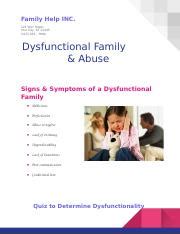
The symptoms of low salt levels can vary widely among individuals and often depend on the severity and onset of hyponatremia. Mild symptoms may include:
- Headache
- Nausea and vomiting
- Fatigue
- Weakness
- Seizures (in more severe cases)
- Coma (in extreme cases)
It's essential to recognize these symptoms early to prevent the condition from worsening. In some cases, individuals may not exhibit noticeable symptoms until the condition has progressed, highlighting the importance of regular health check-ups and being aware of the risk factors for hyponatremia.
Treatment Options for Hyponatremia
Treatment for hyponatremia depends on the underlying cause, the severity of the condition, and the type of hyponatremia. The primary goal of treatment is to correct the sodium imbalance and address any underlying conditions. Treatment options may include: - Fluid restriction to prevent further dilution of sodium levels. - Medications to manage symptoms and underlying conditions. - Sodium supplements in severe cases to rapidly correct sodium levels. - Addressing the underlying cause, such as treating heart failure or kidney disease.Prevention of Hyponatremia
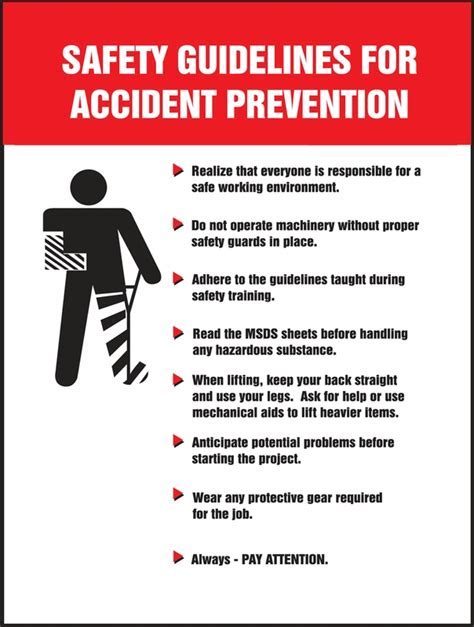
Preventing hyponatremia involves a combination of lifestyle modifications and medical interventions. Individuals can reduce their risk by:
- Maintaining a balanced diet that includes adequate sodium.
- Avoiding excessive sweating by staying hydrated, especially during intense physical activities.
- Monitoring sodium levels regularly, especially if they have underlying medical conditions.
- Adhering to medication regimens as prescribed by healthcare providers.
Dietary Considerations
Diet plays a crucial role in maintaining healthy sodium levels. A balanced diet that is not excessively high or low in sodium can help prevent hyponatremia. Individuals should be mindful of their sodium intake, especially if they are at risk for hyponatremia. This includes: - Consuming sodium-rich foods in moderation. - Avoiding foods that are very high in sodium. - Using salt substitutes or herbs for flavor instead of salt.Complications of Untreated Hyponatremia
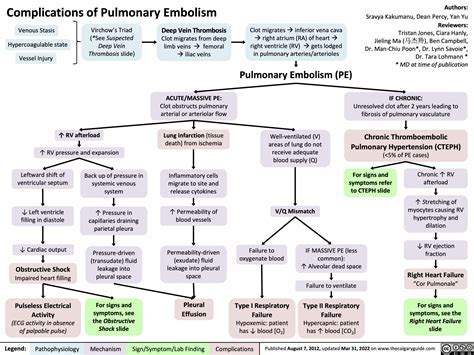
Untreated hyponatremia can lead to severe complications, including:
- Brain swelling, which can cause permanent brain damage.
- Seizures, which can be life-threatening.
- Coma, which can result in death if not promptly treated.
- Respiratory arrest, requiring immediate medical intervention.
Given the potential severity of these complications, prompt recognition and treatment of hyponatremia are critical.
Long-Term Management
Long-term management of hyponatremia involves ongoing monitoring of sodium levels, adherence to treatment plans, and lifestyle modifications. Individuals with a history of hyponatremia should: - Regularly check their sodium levels. - Adhere to their medication regimen. - Make dietary adjustments as recommended by their healthcare provider. - Stay hydrated and avoid excessive fluid loss.Conclusion and Next Steps
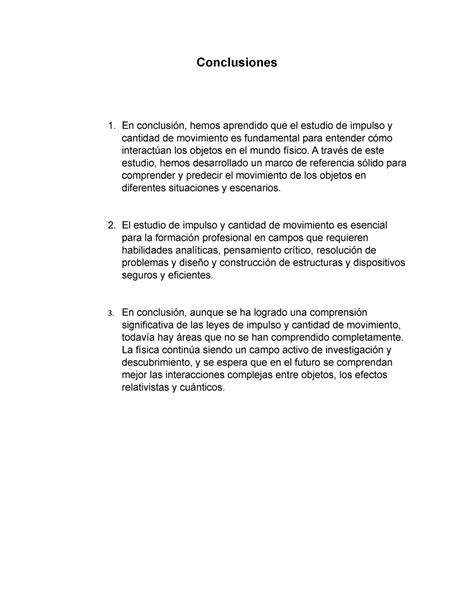
In conclusion, recognizing the symptoms of low salt levels and understanding the causes, treatment options, and prevention strategies for hyponatremia are essential for maintaining good health. By being informed and proactive, individuals can reduce their risk of developing hyponatremia and its complications. If you suspect you or someone else might be experiencing symptoms of low salt levels, it's crucial to seek medical attention promptly.
What are the primary causes of hyponatremia?
+Hyponatremia can be caused by excessive sweating, certain medications, heart failure, liver cirrhosis, and kidney diseases, among other factors.
How is hyponatremia diagnosed?
+Hyponatremia is diagnosed through blood tests that measure sodium levels in the blood. Additional tests may be conducted to determine the underlying cause.
Can hyponatremia be prevented?
+Yes, hyponatremia can be prevented by maintaining a balanced diet, staying hydrated, avoiding excessive sweating, and managing underlying medical conditions.
We invite you to share your thoughts and experiences related to low salt symptoms and hyponatremia in the comments section below. Your insights can help others better understand this condition and its implications. Additionally, if you found this article informative, please consider sharing it with others who might benefit from this information. Together, we can promote awareness and encourage proactive health management.
